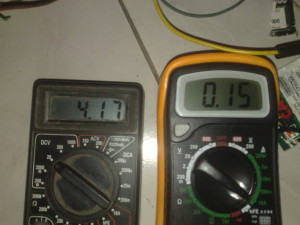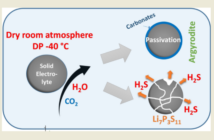Sulfation is a common problem for lead acid batteries. This is when tiny sulfate crystals form in the battery as a result of the chemical reaction from sulfuric acid. When it breaks down, the sulfur ions that are freed become crystallized. These crystal sulfates attach themselves to the plates of the battery – specifically on the negative plate.
They are small and harmless unless the battery is continually deprived of proper charging. When that happens, the lead sulfate becomes a stable crystalline deposit. This compromises the effectiveness of the battery in terms of capacity. A car battery is more prone to sulfation when the motor is usually idle or driven at low speeds. In these conditions, the battery is not charged sufficiently and that causes sulfation.
A good way to determine if your battery has a sulfation problem is when it is not accepting a charge the way it is supposed to. With that, you need to determine the extent of the sulfation. There are two types that you need to look into.
- Soft Sulfation. This is the type of sulfation in a battery that is easily reversible. If the crystallized ions in your battery are serviced early, they can be corrected by overcharging your battery. Overcharging, though, has its own costs.
- Hard Sulfation. This is when the crystallized ions are so great that the battery cannot be restored. This is when the battery is not charged properly for extended periods.
There is a way to salvage your battery from sulfation but you have to detect the problem as soon as possible. The longer the problem is left untreated, the more difficult it will be to reverse.
In case your battery is still suffering from a soft sulfation, this is what you should do.

Using an outside source, charge the battery at a low current rate (5 to 10 amps) until the gravity of the electrolyte increases. This signals that the sulfate is breaking. Make sure to keep tabs on the temperature of the battery. If it takes up too much heat (more than 125° F), disconnect the battery and let it cool. Once cool enough, continue charging the battery until it is fully charged. The harder the sulfation, the longer the battery has to charge.



